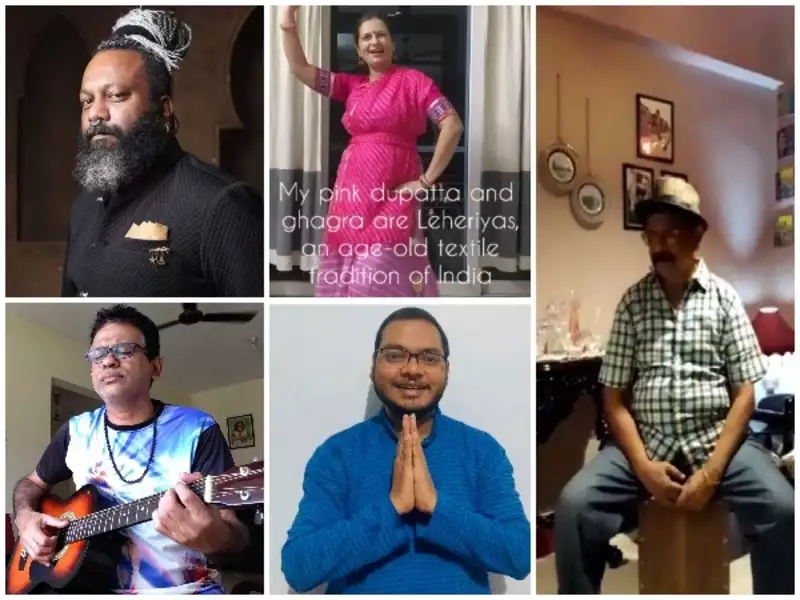How students of Delhi explored their creative side in Covid
While Vanshika, a Delhi-based Class XI student, wanted to be useful during the epidemic because it was so tense, we were all locked in Covid-19. The student used Sarah Widdershins’ friendship and love story as a vehicle for her self-realization in order to turn her positivism into something practical. Now a book has been written based on this tale.
She is one of the many students who have made good utilization of the lockdown period and expressed their creative side to the world. At one of the recent National Progressive Schools Conference (NPSC) events, a group of private schools recognized the efforts of 24 student writers and decided to appreciate them. The chairperson of NPSC, Sudha Acharya, and the ITL public school’s principal have also appreciated how various students have consumed their time during the pandemic and made them useful in one way or another.

She also gave a special mention to the various beautiful stories, poems and books which the students wrote. For this event, they received various applications from which they were selected. Ashok Pandey, director of Ahlcon Schools, has also shed light on the fact that students have always been creative; it is just that with the extra time they got due to the shutdown of the schools in corona, they were exploring their creative side.
Hindus and Sikhs join together for the building of a Mosque
A very fascinating happened in the Muktsar village as people from different religions, Sikhism and Hinduism, came together to build a mosque. This gesture by the Hindu and Sikh resident of the Khunan Khurd Village in Punjab among the communal rhetoric proves the sense of brotherhood and social harmony that resides among the people there.
These two communities have decided to come together and contribute money for the building material required for the building of the mosque. One of the other reasons why building this mosque is unique rather than the everyday togetherness of people from two different communities is that it is being built by five Muslim families who reside in the village as they have no other place to offer namaz.
After the building of the mosque was complete, the village residents came together and joined the Muslims for the mosque’s inauguration. These villages also offered siropas, referred to as the robes of honour, to the Muslims. With this mosque, Muslim families could offer their first namaz in their newly-built mosque in the presence of all villagers. Only five Muslim families were in the village, and they had no place to offer their namaz.
The waqf board provided a small piece of land, but the families still lacked the resources to construct the mosque; thus, the village residents from the Hindu and Sikh communities came together and offered them their help. With their help, these families were able to complete the construction of the mosque. All the people happily came together for their help and joined the festivities.


